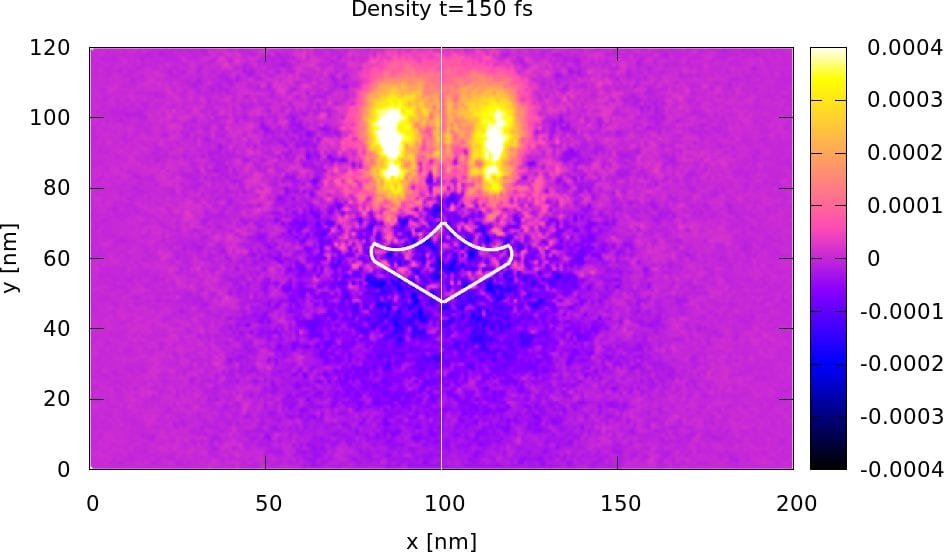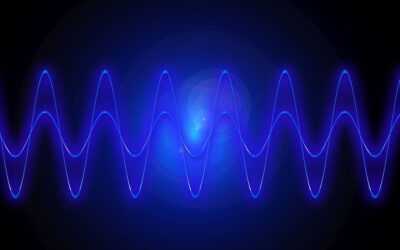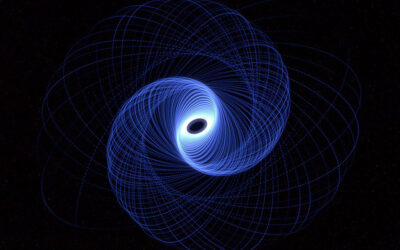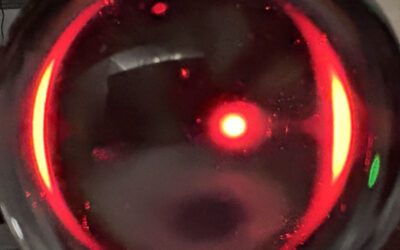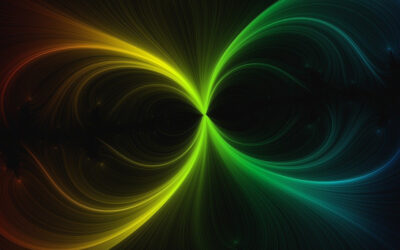Electrostatic lenses are used for manipulating electron evolution and are therefore attractive for applications in novel quantum engineering disciplines, in particular in entangletronics (i.e. entangled electronics). A fundamental aspect involved in the manipulation of the electron dynamics are the processes maintaining coherence; coherence describes all properties of the correlation between physical quantities of a single wave, or between several waves or wave packets. However, so-called scattering processes strive to counteract coherence and therefore have a strong impact on the entire process. A physically intuitive way of describing the coherence processes and scattering-caused transitions to classical dynamics is entirely missing, impeding the overall progress towards devising novel coherence-based nanodevices in the spirit of entangletronics.
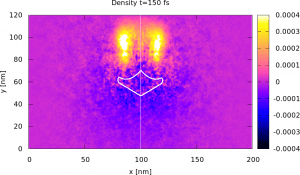 To tackle this issue, Paul Ellinghaus, Josef Weinbub, Mihail Nedjalkov, and Siegfried Selberherr (TU Wien, Austria), have expressed the new quantifying theory of coherence (derived recently based on the theory of entanglement) in the Wigner formalism and – in this setting – discuss a lense-splitting simulation conducted with the group’s simulator ViennaWD. The signed particle model of Wigner evolution enables physically intuitive insights into the processes maintaining coherence. Both, coherent processes and scattering-caused transitions to classical dynamics are unified by a scattering-aware particle model of the lense-controlled state evolution. In particular, the evolution of a minimum uncertainty Wigner state, controlled by an electrostatic lense is analyzed in Wigner function terms. It is shown, that cross-domain phase space correlations maintain the coherence while scattering impedes this exchange.
To tackle this issue, Paul Ellinghaus, Josef Weinbub, Mihail Nedjalkov, and Siegfried Selberherr (TU Wien, Austria), have expressed the new quantifying theory of coherence (derived recently based on the theory of entanglement) in the Wigner formalism and – in this setting – discuss a lense-splitting simulation conducted with the group’s simulator ViennaWD. The signed particle model of Wigner evolution enables physically intuitive insights into the processes maintaining coherence. Both, coherent processes and scattering-caused transitions to classical dynamics are unified by a scattering-aware particle model of the lense-controlled state evolution. In particular, the evolution of a minimum uncertainty Wigner state, controlled by an electrostatic lense is analyzed in Wigner function terms. It is shown, that cross-domain phase space correlations maintain the coherence while scattering impedes this exchange.
Overall, the work shows the importance of the Wigner singed particles model in the novel field of entangletronics and paves the way for future entirely novel devices and structures where coherence and entanglement are used as fundamental mechanisms for the operation.
Text kindly provided by Dr. Josef Weinbub.

